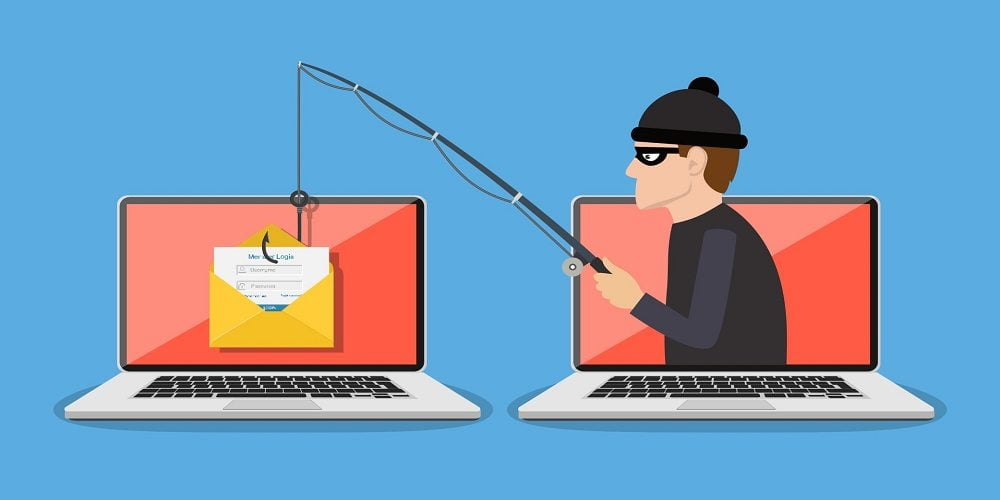Today we are going to explain to you what is phishing and how to protect your devices from scams. Phishing is one of the most common internet scams. However, many do not know what this strategy really is. You have to make sure that you protect your devices properly.
What is phishing?
Phishing is a type of cyber scam that has been around since networks became open. It is a type of cyber attack that uses social engineering to attack users, who are the weakest link in processes involving computer systems.
It consists of three essential parts:
- The attack is carried out through the user’s communication channels (email, text messages, interactions with publications, pop-up ads, etc.).
- The attacker pretends to be a person and/or organization trusted by the user.
- The attacker steals sensitive information provided by the user himself/herself by not recognizing the danger and the scam.
This type of scam is neither invasive nor does it have mechanisms to break security by force. It is based entirely on the vulnerability that users represent to their own security as they have control over the system’s response.
How does phishing work?
Phishing works through the information it steals and its consequences will depend entirely on the information the user provides to the attackers and the amount of impact it has on the computer system or the area where the data is stored, such as bank accounts or personal accounts on social networks.
Currently, phishing is mainly done through SMS, email, and pop-up web pages. These request information from the user pretending to be a trustworthy page so the user enters his own data without taking into account that he/she is giving it to another entity that is not the one it pretends to be.
That is why it is such a dangerous and common scam since it is undetectable for most antivirus programs. Plus, it is not a threat to the security programming of your computer or other devices, but a direct threat to the user.

How to protect yourself from phishing?
Protecting yourself from phishing, however, is much easier now than ever, thanks to the multiple efforts of cybersecurity companies, software, and digital platforms that seek not to give rise to these same practices that have affected digital life almost since its inception.
To protect yourself from phishing attacks, follow these simple tips:
- Do not answer messages from unknown numbers
- Do not open links that are not verified and do not have https certificate.
- Corroborate the origin of all messages received by sources that are assumed to be official.
- Always resort to the official source, which is now, in almost all cases, verified.
- Do not open e-mails that have security warnings from your service provider such as suspicious links.
- Do not share personal information on sites that do not have data protection certificates.
- Use dynamic passwords when it is possible to do so.





